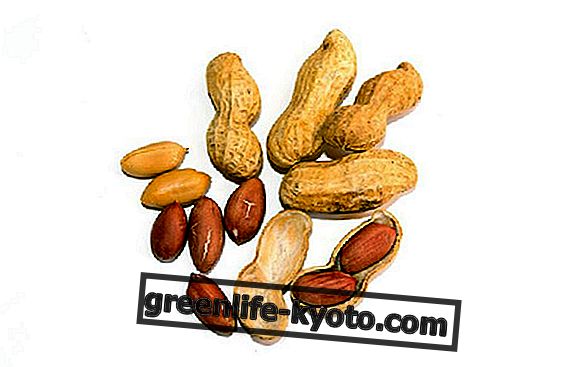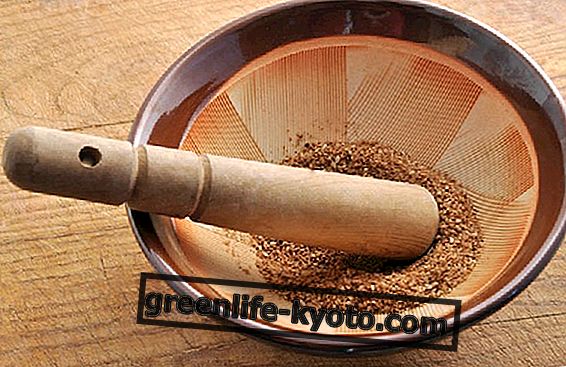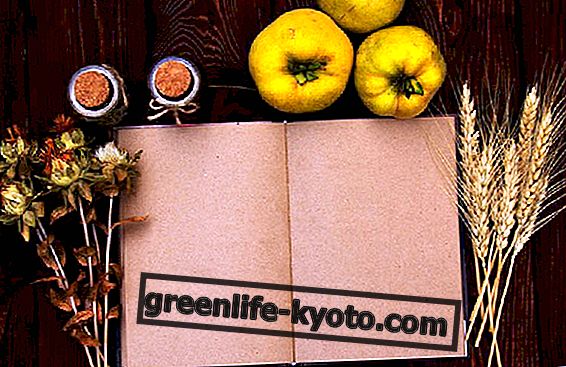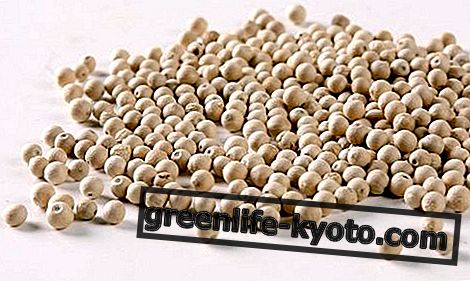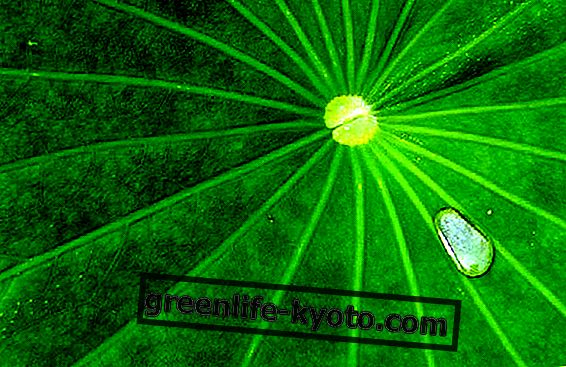
The use of stevia and its derivatives has been accepted by the European Union (EU Regulation No. 1131/2011 of 11 November 2011 ). In Italy, starting from that date, the go-ahead was also given for its marketing.
Here therefore appear in the windows of herbalist's shops, pharmacies or in online shops the new green leaflet, also called internationally sweetleaf or sugarleaf, in the form of each type of sweetening product. But what are the properties of stevia? How much do we know about this shrub?
The properties of stevia
First of all it is a small perennial plant, which belongs to the Compositae or Asteraceae family, it comes from South America and has an enormous sweetening capacity. The active ingredients are stevioside, rebaudioside A, rebaudioside C, dulcoside A.
The sweetening plant is known as stevia rebaudiana, from Rebaudi, the discoverer of its sweetening properties. In fact, more than 150 species of stevia have been described in nature, but the rebaudiana is the only one to also have important sweetening properties.
The sweetening active ingredients are mainly extracted from dried and dehydrated leaves. Depending on how it is used, it can be more or less sweet: stevia can be eaten both in fresh leaves and even in powder form, in the form of dehydrated extract, a white powder, or a liquid concentrate.
Stevia or other sweeteners?
Stevia is therefore a new way of sweetening beverages and foods. Among the various more or less natural possibilities to cheer the palate, one can include, as sweeteners already on the market, the various types of malt and syrups, the juice of agave, concentrated grape or apple, honey, molasses, maple syrup or amasake .
Miracle fruit is also a natural sweetener because it contains miracolin which acts on the taste receptors, turning the taste of any food eaten following its consumption within an hour into a sweet one, no matter how bitter or sour it may be.
Stevia, unlike sugar or other sweeteners, however, has the advantage of not having any calories, of not raising the blood sugar level in the blood and of being usable even at high temperatures, thus also being an excellent ingredient in the preparation of cakes and desserts, as well as to sweeten hot and cold drinks. Furthermore, stevia, not having sugars, does not contribute to the formation of plaque and dental caries.
Putting in your mouth a small fresh stevia leaf, after a few moments, you will notice a very strong and pleasant sweet sensation on the palate, what remains at the end is a very slight liquorice aftertaste.
Stevia is also a medicine
The first attestations of use of this plant date back to the South American curanderos and to the indigenous Guarani who called it Ka'a he'é (sweet grass) and used it both to sweeten the bitter tea of Paraguay, the well-known mate, and to chew it or to make compresses on the skin. The properties of stevia soon spread throughout South America.
In medicine, stevia is also used today, especially for those suffering from glycaemia, for skin care (effective against acne, dehydration, wrinkles and skin blemishes) and in the treatment of hypertension.
Given its properties, stevia can also be effective in dealing with diabetes, overweight and other similar disorders associated with sugar consumption. Are there any contraindications to stevia ? There really don't seem to be many of them.
If stevia is taken in doses much higher than those used to sweeten, it can cause hypotension or hypoglycemia .


